Mallorca City: Home of Cavite’s finest industrial hub
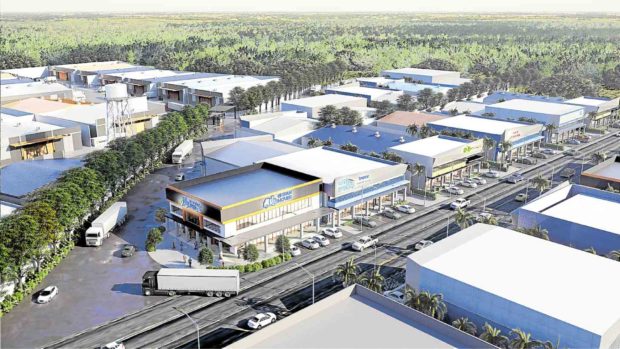
Cathay Land seems to be starting the year strong as it recently unveiled the third phase of Cavite Light Industrial Park (CLIP), an industrial estate that is part of the its masterplanned township, Mallorca City. The fourth phase is also scheduled for launch in a few months’ time.
Lots in the industrial park’s second phase, which were launched in February 2019, were sold out on the same year. And now, Cathay Land, according to its president Jeffrey T. Ng, has been hearing from quite a number of interested locators, following the Taal Volcano eruption.
“The businesses (located) in the vicinity of the lake would like to transfer to Cavite Light Industrial Park because we’re relatively far from the Taal Volcano,” Ng explained. “I guess they are a bit wary of staying in the lakeside towns, unlike in Silang, where we are situated quite high and far from the Taal Volcano and Taal Lake.”
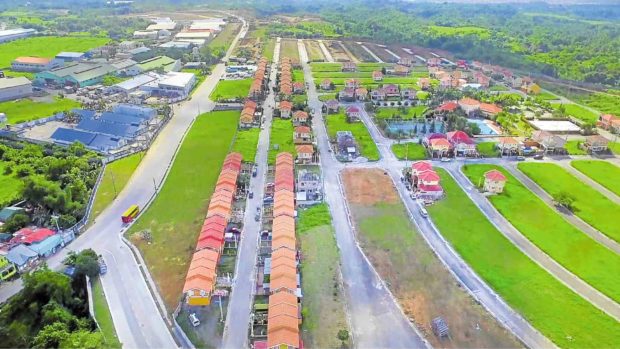
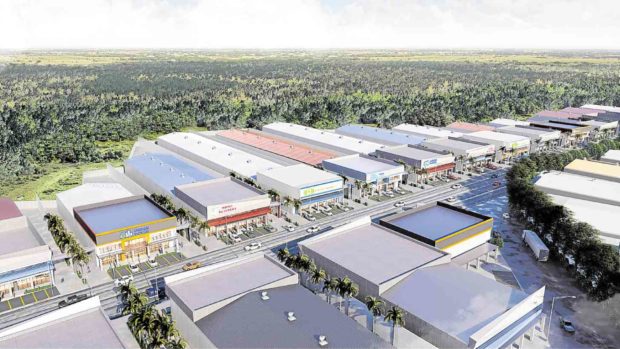
“With the US-China trade war and coronavirus, we’re going to see less globalization,” said Ng, who added that he sees less reliance on factory chains coming from China.
Article continues after this advertisement“The chain would be more centered on the Philippines, instead of relying purely on China-made products,” he added.
Article continues after this advertisementThe Cathay Land president further disclosed that many mainland Chinese exporters and manufacturers are also considering relocating to the Philippines, “so that they can avail of easier export to the US. Otherwise they’d be hit by tariffs by the US on China-made products.”
Metro Manila’s high cost of land and lease are likewise pushing businesses to relocate to the South. Ng shared that lots in Pasong Tamo, Makati now cost about P300,000 per sqm while those in Taguig, Parañaque or Las Piñas are already at P100,000 to P200,000 per sqm. “In our case, it’s just less than P10,000 per sqm and we’re just 30 minutes away from Metro Manila,” he added.
Infrastructure
Locators at CLIP are also set to benefit from the government’s big-ticket infrastructure projects which seem to virtually tie Cavite to the rest of Metro Manila such as the 45-km Cavite Laguna Expressway (Calax) and the Cavite-Tagaytay-Batangas Expressway (CTBEx).
Add to that the Mamplasan to Sta. Rosa exit which is expected to be extended all the way to CLIP by the end of the year. The current LRT Line 1 is also being extended from its existing Baclaran Station to Bacoor in Cavite. All these, Ng said, are driving people to relocate their families from Metro Manila to Cavite.
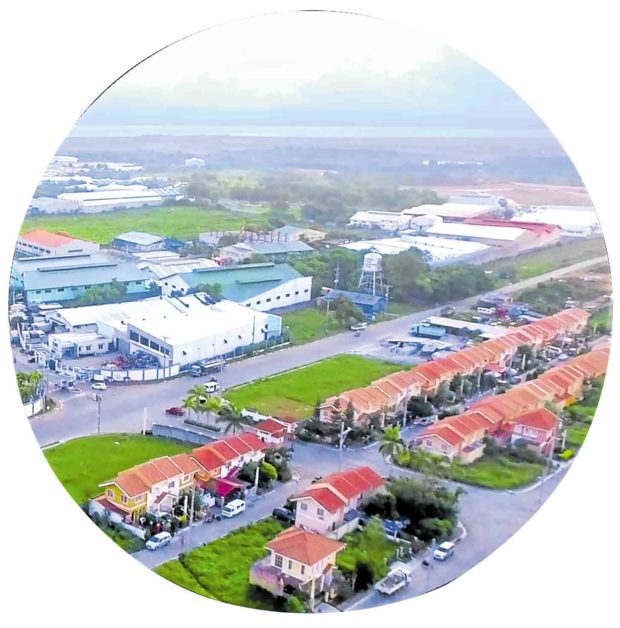
CLIP has around 30 locators involved in warehousing, light manufacturing, glass business, aluminum, automotive, garments and food.
“We also have tire dealerships. We opened some commercial cum industrial lots,” shared Ng. “We are patterning it after Pasong Tamo wherein the big warehouse or the light factory has their own frontage along the main road, which can be their commercial area where they can sell retail.”
Accessibility
Being part of Mallorca City, Cathay Land’s hundred-hectare integrated mixed-use project, workers, employees, managers and executives who will be holding shop at CLIP will have access to residential projects.
“So instead of employees or workers commuting for two hours from Cavite to Manila, Makati, BGC, Taguig, if they live and work in Mallorca City, they can just walk for 5 to 10 minutes from their residence to their place of work,” Ng explained.
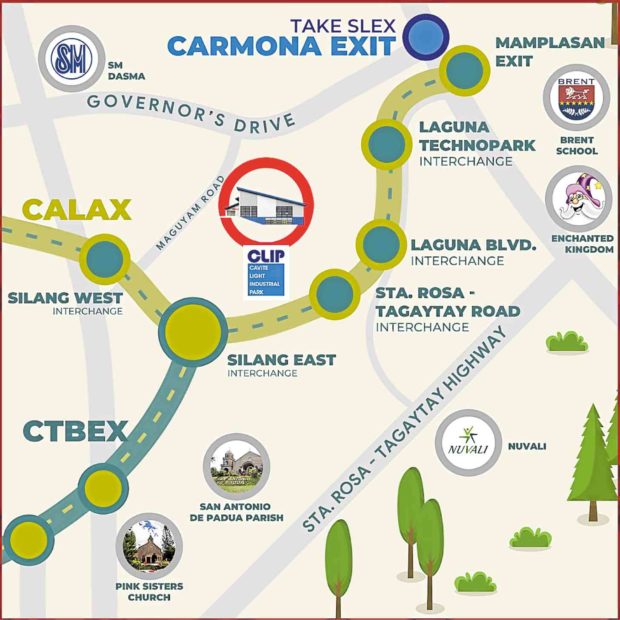
“I really feel bad for the people who live in Cavite that they have to commute two to three hours to go to their place of work in Makati or BGC then another two to three hours back to Bacoor or Dasmariñas, Cavite,” he further said. “Now, if they can live and work in Cavite, then that would be best.”
“Even though for Cathay Land, putting up commercial and residential subdivisions might be more profitable, we feel that it’s also our civic duty to put up industrial estates to balance the development of our projects and provide better quality of life to our fellow Filipinos,” Ng concluded.